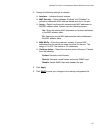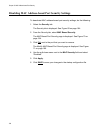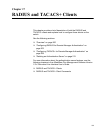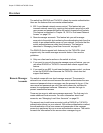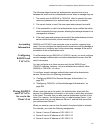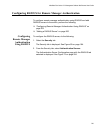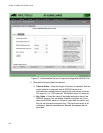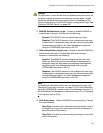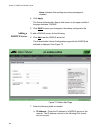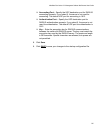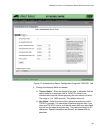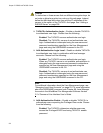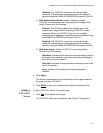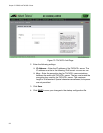
AlliedWare Plus Version 2.2.4 Management Software Web Browser User’s Guide
205
Caution
To define two or three servers that use different encryption keys, do
not enter a global encryption key value on this web page. Instead,
define the individual keys when you add the IP addresses of the
servers to the client on the RADIUS Server Configuration Page. See
“Adding a RADIUS Server” on page 206.
RADIUS Authentication Login— Enable or disable RADIUS to
authenticate user login. Choose from the following:
Enabled: The RADIUS servers authenticate user login.
Disabled: The RADIUS servers do not authenticate user login.
Authentication is attempted using the user name and password
combinations specified on the User Management page and
using the USERNAME command in the CLI.
AAA Authentication Login Local— Enable or disable RADIUS to
authenticate user login in combination with local manager
accounts. Choose from the following:
Enabled: The RADIUS servers authenticate the user login.
When any RADIUS server is not available, authentication is
attempted using the user name and password combinations
specified on the User Management page and using the
USERNAME command in the CLI.
Disabled: The RADIUS servers do not authenticate user login.
Authentication is attempted using the user name and password
combinations specified on the User Management page and
using the USERNAME command in the CLI.
Note
For additional information about the User Management page, see
“Managing Local User Accounts” on page 53. For more information
about the USERNAME command, see “Local Manager Accounts” in
the AlliedWare Plus Management Software Version 2.2.4 Command
Line Interface User’s Guide.
AAA Accounting— Select a RADIUS accounting setting. Choose
from the following:
Start-Stop: Indicates that a start accounting message is sent at
the beginning of a session and a stop accounting message is
sent at the end of the session.
Stop-Only: Indicates a stop accounting message is sent at the
end of the session.



